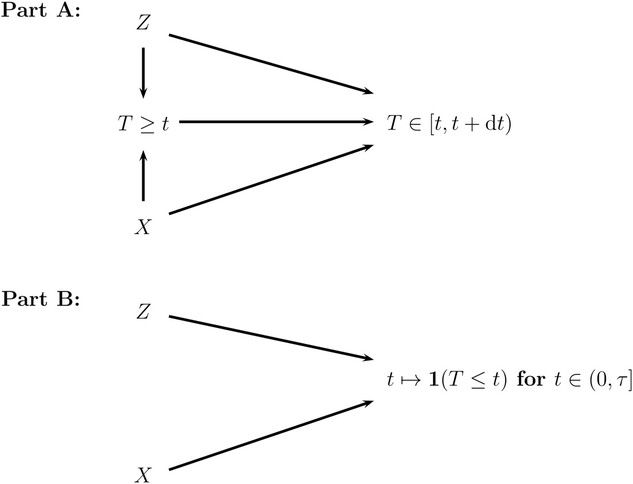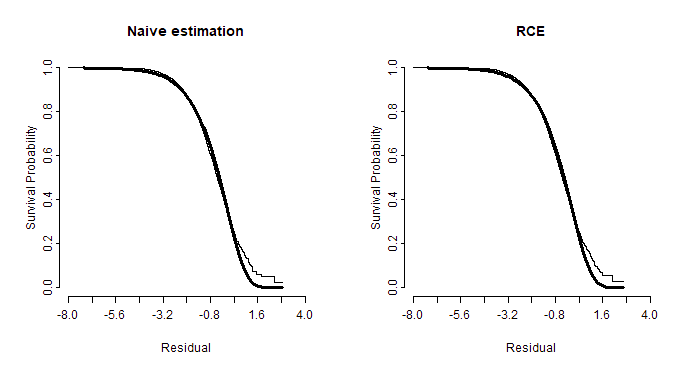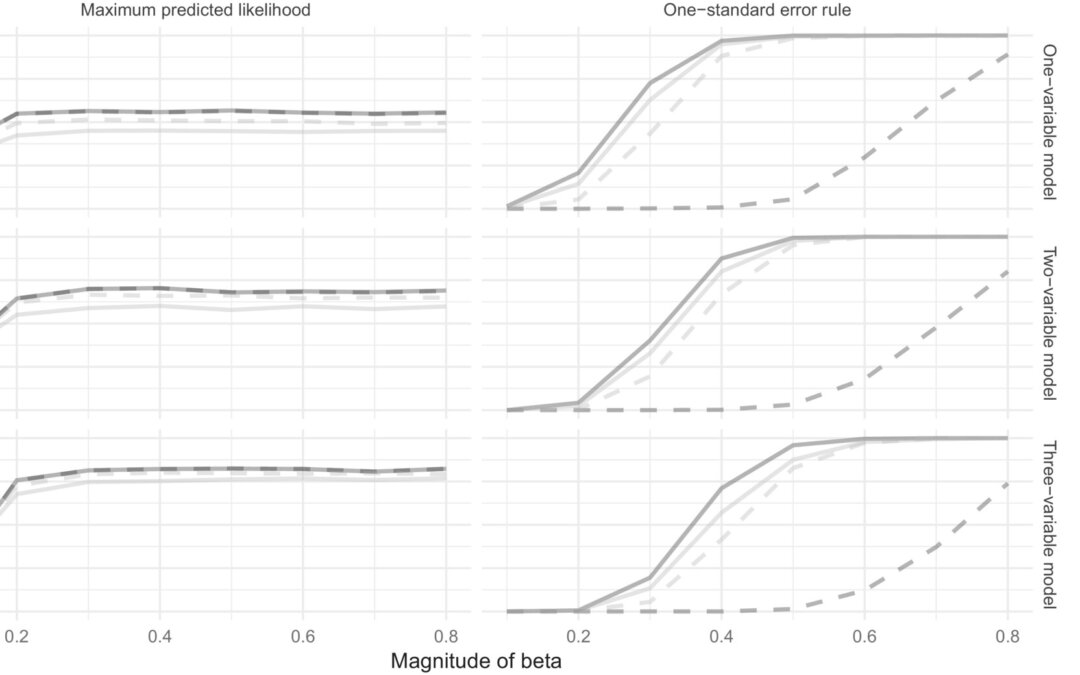
by Usha Govindarajulu | Dec 4, 2025 | Biostatistics, Blog, Usha Govindarajulu
December 3, 2025 In this short article, Per Kragh Andersen has given a rebuttal to the article by Beyersmann et al (2025) which was about hazards constituting key quantities for time-to-event data. Despite arguments by other statisticians, Beyersmann et al. (2025)...

by Usha Govindarajulu | Nov 6, 2025 | Biostatistics, Blog, Usha Govindarajulu
November 6, 2025 For these authors, the goal of this paper was to apply pseudo-observations to estimate the regression coefficients in the Cox proportional hazards model under length-biased right-censored (LBRC) data. On some occasions as they found, observations may...

by Usha Govindarajulu | Oct 23, 2025 | Biostatistics, Blog, Usha Govindarajulu
October 22, 2025 The authors studied the approximate maximum likelihood estimation (AMLE), which has been proved to be an effective method to correct both measurement error and misclassification simultaneously in a logistic regression model, to correct biases caused...

by Usha Govindarajulu | Sep 24, 2025 | Biostatistics, Blog, Usha Govindarajulu
September 22, 2025 The authors have presented a new method to allow accelerated failure time models (AFTs) to have a flexible parametric framework and to also allow implementing mixture and non-mixture cure models. The authors aimed to introduce extensions to the...

by Usha Govindarajulu | Jul 30, 2025 | Biostatistics, Blog, Usha Govindarajulu
July 30, 2025 The authors present a new method for predictive performance assessment that works for non-parametric and semi-parametric models and can check with addition of a frailty term and also for smoothing. The predictive log-likelihood idea does not work well...





